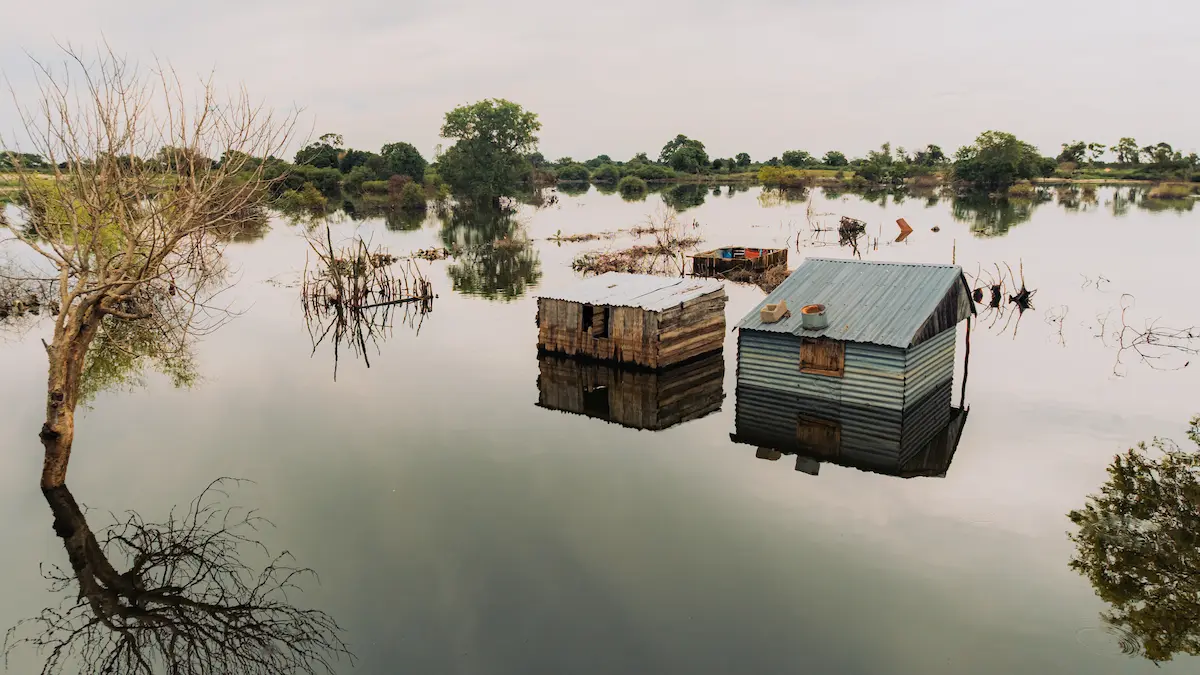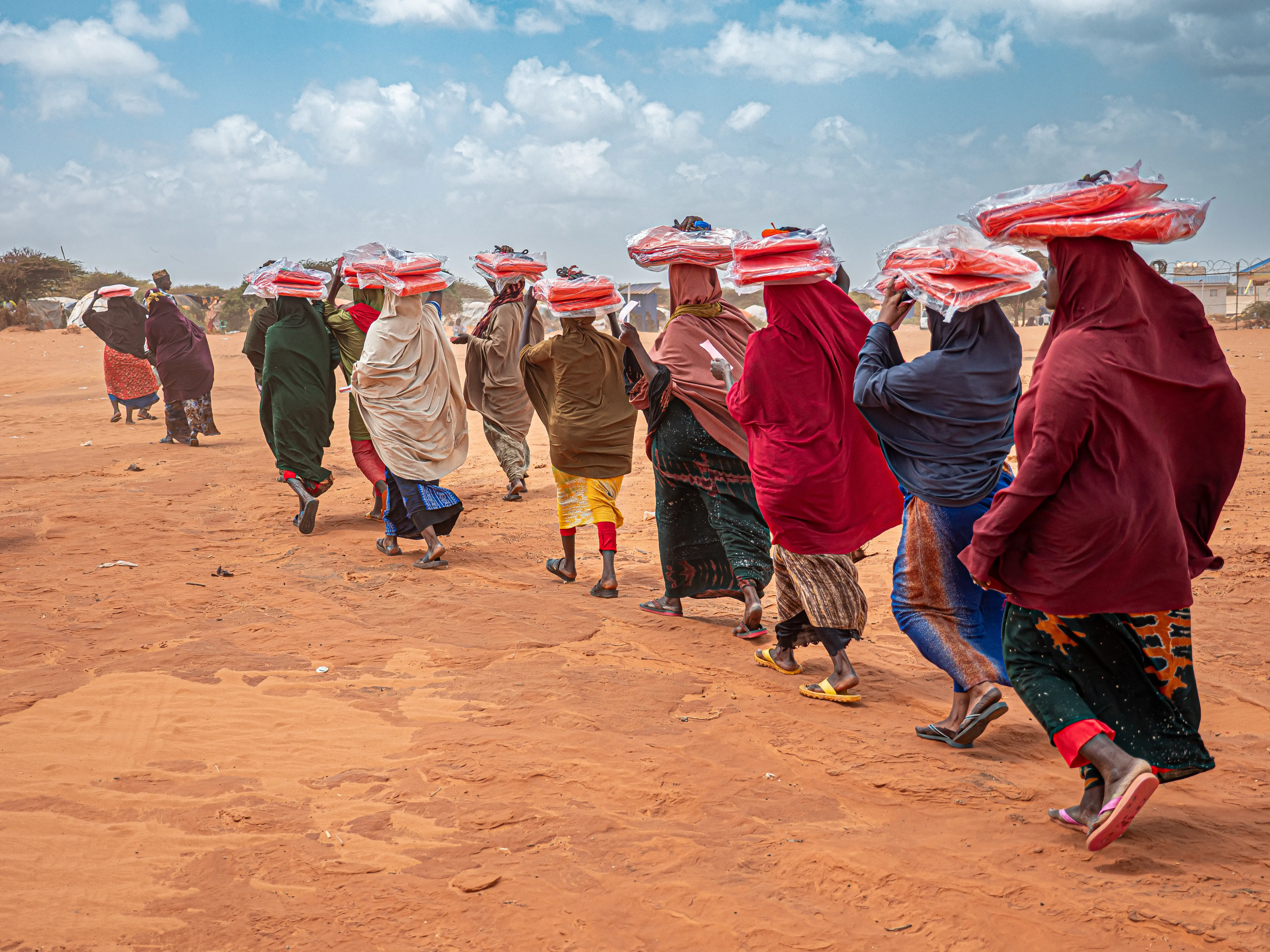Climate Action for Humanitarians

Today marks the International Day of Climate Action.
Medair approaches climate action from two angles: to reduce suffering from climate-related disasters and to maximise the environmental sustainability of our work. This is reflected in our commitment to the Climate and Environment Charter for Humanitarian Organisations.

Medair sees the devastating impact of climate change affecting many of the world’s most vulnerable people, exacerbating already fragile situations where resilience has been eroded. While addressing immediate humanitarian needs, Medair also aims to strengthen communities’ capacity to cope with future shocks through climate adaptations such as:
- Flood and Drought Disaster Risk Reduction (DRR) – In Afghanistan, Medair leads community workshops training on basic DRR principles and mapping community assets, hazards and mitigation measures. The training is followed up with technical and material support to construct priority DRR features that improving recharge to local aquifers to sustain water supply, while helping to manage floodwaters, reduce soil erosion, and prevent damage to homes, farmland and water points.
- Resilient environmentally friendly shelters - In South Sudan, Medair teamed up with researchers at the Swiss Federal Technology Institute of Lausanne (EPFL) and the University of Juba to develop an innovative shelter response kit. The kits supports families exposed to recurrent flood crises for the initial emergency shelter and then on through transitional and long-term rebuilding of housing. The kit components are reused for all stages and include lighter, renewable, and locally available materials such as bamboo and braided rubber rope which reduce the environmental impact of transport and multiple distributions.
- Ensuring climate resilient health facilities and WASH infrastructure to sustain access to services during flood events, extreme heatwaves and dry spells/drought. Improvements include infrastructure additions as well as programmatic contingency planning.
- Climate-informed programme design – Medair is increasingly engaging with climate data to inform programming and enhance preparedness activities to equip people who are likely to be affected by additional climate crises.
- And many other examples….
.jpg)
Medair is also committed to reducing the greenhouse gas emissions of our operations. Measuring our emissions baseline was an important step in being able to identify meaningful reductions. Medair used the Humanitarian Carbon Calculator (HCC+) Tool to compile an emissions baseline for all countries of operation and our Global Support Office. Some examples of the ways we are taking action to reduce emissions include adjusting our procurement approach for highly emissive products, prioritisation of lower emissive flight routings, and improved efficiencies in freight planning.
Medair continues to strive to help people face the compounded impacts of climate shocks and we welcome you to join with us on this International Day of Climate Action.

This content was produced with resources gathered by Medair field and headquarters staff. The views expressed herein are those solely of Medair and should not be taken, in any way, to reflect the official opinion of any other organisation.
.webp)

.jpg)